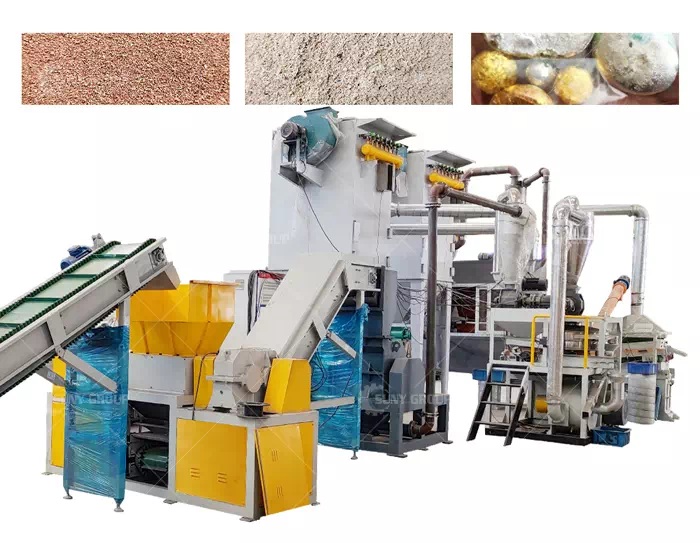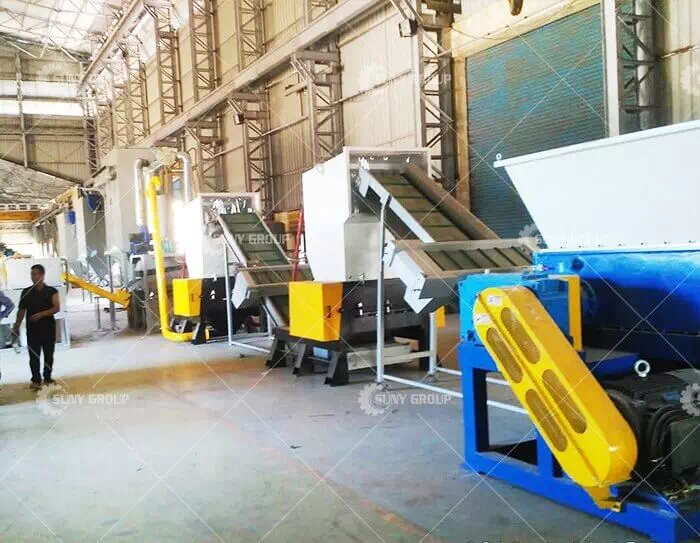What is the complete e-waste recycling process?
The e-waste recycling process typically involves several stages to ensure proper handling and disposal of e-waste. Here is a general overview of the complete e-waste recycling process:
1. Collection: E-waste is collected from various sources such as households, businesses and electronic recycling centres. Collection methods can include drop-off points, curbside pickup, or scheduled pickup.
2. Classification: After e-waste is collected, it is divided into different categories according to the type of electronic equipment. This step helps identify the materials present and determine appropriate recycling methods.
3. Disassembly: In this stage, the electronic device is disassembled and its individual components are separated. This may involve removing batteries, cables, circuit boards, displays, and other components.
4. Hazardous Substance Removal: E-waste often contains hazardous substances such as lead, mercury, cadmium and brominated flame retardants. These substances are carefully extracted and processed individually to prevent environmental contamination.
5. Component recycling: After hazardous materials are removed, valuable components and materials are recovered for reuse or recycling. This can include metals such as copper, aluminum, gold and silver, as well as plastics, glass and other materials.
6. Recycling and Refining: Recycled materials are sent to specialized recycling facilities. They undergo further processing, such as chopping, crushing, melting or smelting, to extract usable raw materials. These materials are then refined and purified to meet industry standards.
7. Manufacturing and reuse: Refined materials are used to make new electronics or other goods. Components that are still usable, such as memory chips, processors or screens, can be refurbished and reused in other devices.
8. Disposal of non-recyclable waste: Certain e-waste components or materials may not be recyclable or reusable. These non-recyclable materials will be disposed of in an environmentally responsible manner in accordance with local regulations and guidelines.
9. Environmental and quality compliance: Throughout the entire e-waste recycling process, environmental regulations and quality standards are followed to minimize environmental impact and ensure worker safety.
It’s worth noting that the e-waste recycling process can vary depending on location, recycling facility capabilities and specific regulations. However, the overall goal is to maximize the recovery of valuable materials, minimize environmental harm, and promote sustainable practices in e-waste management.
Recommend products
CONTACT US:
If you have any requirement or suggestion, please fill in the form and send to us, thanks!E-mail:sunymachine@gmail.com | Whatsapp:+8613674945231








